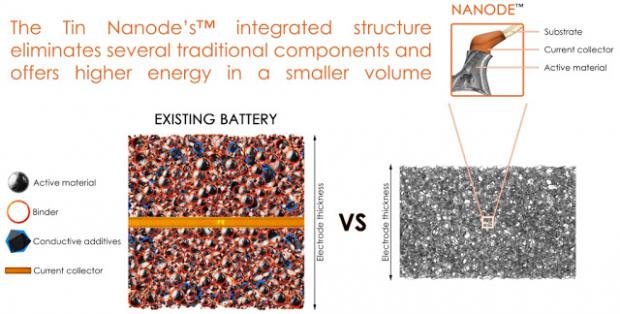
Breaking News
Living a Creative Life Maximizes Your Life
SEMI-NEWS/SEMI-SATIRE: November 9, 2025 Edition
 Trump pardons Mets legend, 'Celebrity Apprentice' alum Darryl Strawberry over tax evasion co
Trump pardons Mets legend, 'Celebrity Apprentice' alum Darryl Strawberry over tax evasion co
 You WON'T BELIEVE How Much Money We're REALLY Sending To Israel!
You WON'T BELIEVE How Much Money We're REALLY Sending To Israel!
Top Tech News
 HUGE 32kWh LiFePO4 DIY Battery w/ 628Ah Cells! 90 Minute Build
HUGE 32kWh LiFePO4 DIY Battery w/ 628Ah Cells! 90 Minute Build
 What Has Bitcoin Become 17 Years After Satoshi Nakamoto Published The Whitepaper?
What Has Bitcoin Become 17 Years After Satoshi Nakamoto Published The Whitepaper?
 Japan just injected artificial blood into a human. No blood type needed. No refrigeration.
Japan just injected artificial blood into a human. No blood type needed. No refrigeration.
 The 6 Best LLM Tools To Run Models Locally
The 6 Best LLM Tools To Run Models Locally
 Testing My First Sodium-Ion Solar Battery
Testing My First Sodium-Ion Solar Battery
 A man once paralyzed from the waist down now stands on his own, not with machines or wires,...
A man once paralyzed from the waist down now stands on his own, not with machines or wires,...
 Review: Thumb-sized thermal camera turns your phone into a smart tool
Review: Thumb-sized thermal camera turns your phone into a smart tool
 Army To Bring Nuclear Microreactors To Its Bases By 2028
Army To Bring Nuclear Microreactors To Its Bases By 2028
 Nissan Says It's On Track For Solid-State Batteries That Double EV Range By 2028
Nissan Says It's On Track For Solid-State Batteries That Double EV Range By 2028
Nanostructured electrode could boost lithium battery storage by 50%

This allows the batteries to last longer between charges while also charging faster. These achievements are due to both the material structure and the use of tin as the active material. Tin is known to have much higher energy density than the current graphite technology, but until now its commercial success has been limited due to its tendency to swell during charging, causing stress in the electrode material and leading to a rapid loss in energy. Current commercial lithium ion batteries employ a foil/particle system as the electrode structure. The capability of such electrodes to deal with volume expansion of high energy materials is limited, because as the particles swell, the electrode expands.
The Tin Nanode's™ integrated electrode structure contributes to the relaxation of stress associated with electrode materials undergoing high volume expansion. This is possible because thin films of active material are spread over a 3D and porous network of fibres, rather than stacking particles on a flat copper foil.

 Carbon based computers that run on iron
Carbon based computers that run on iron

